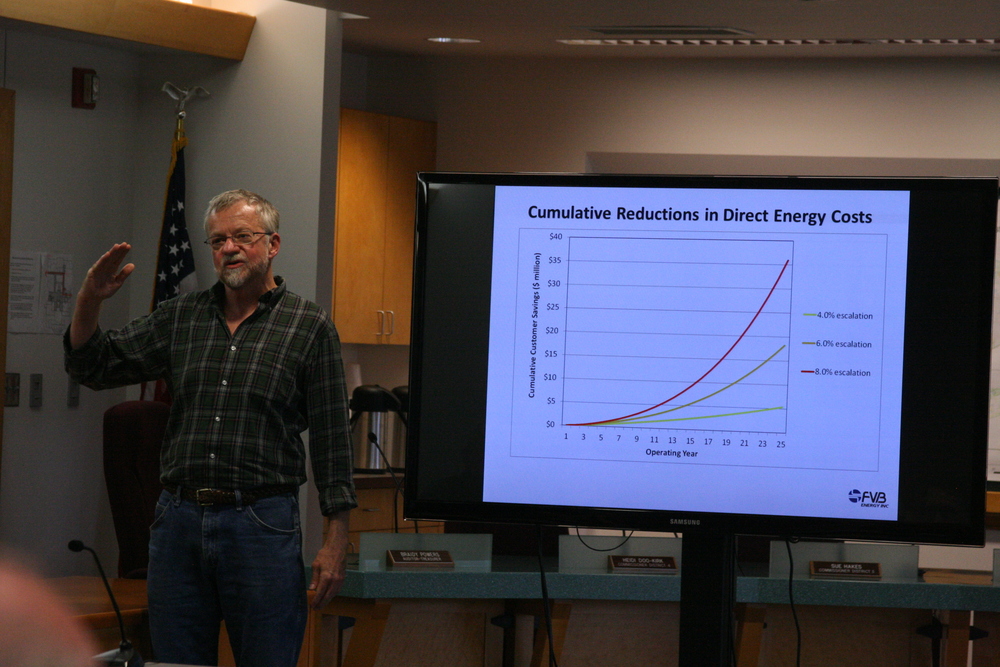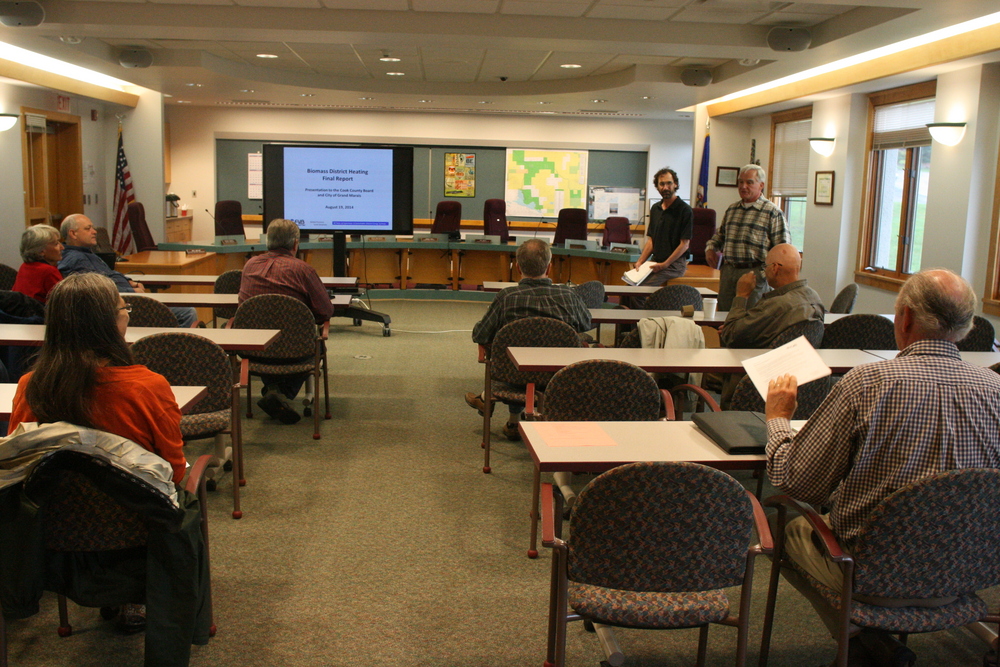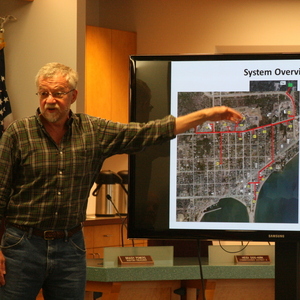Community aims to develop district heating project in Minnesota










Cook County Local Energy Project
September 19, 2014
BY Erin Krueger
Advertisement
Advertisement
Related Stories
The U.S. Energy Information Administration on Oct. 15 reported that approximately 1.684 million U.S. households used wood as a primary heating source last winter, down 1% when compared to the previous year.
Renewable are expected to account for 24% of U.S. electricity generation in 2025, increasing to 26% in 2026, according to the U.S. Energy Information Administration’s latest Short-Term Energy Outlook, released Oct. 7.
Global agribusiness company Bunge on Sept. 23 announced it has launched a $50 million initiative to install a modern, biomass-based steam boiler system at its oilseed processing facility in Martfűi, Hungary.
Blending biomass with coal isn’t technically possible—it’s a craft.
U.S. manufacturers produced approximately 900,000 tons of densified biomass fuels in May, according to the latest edition of the U.S. IEA’s Monthly Densified Biomass Fuels Report. Sales of densified biomass fuel reached 850,000 tons during the month.





